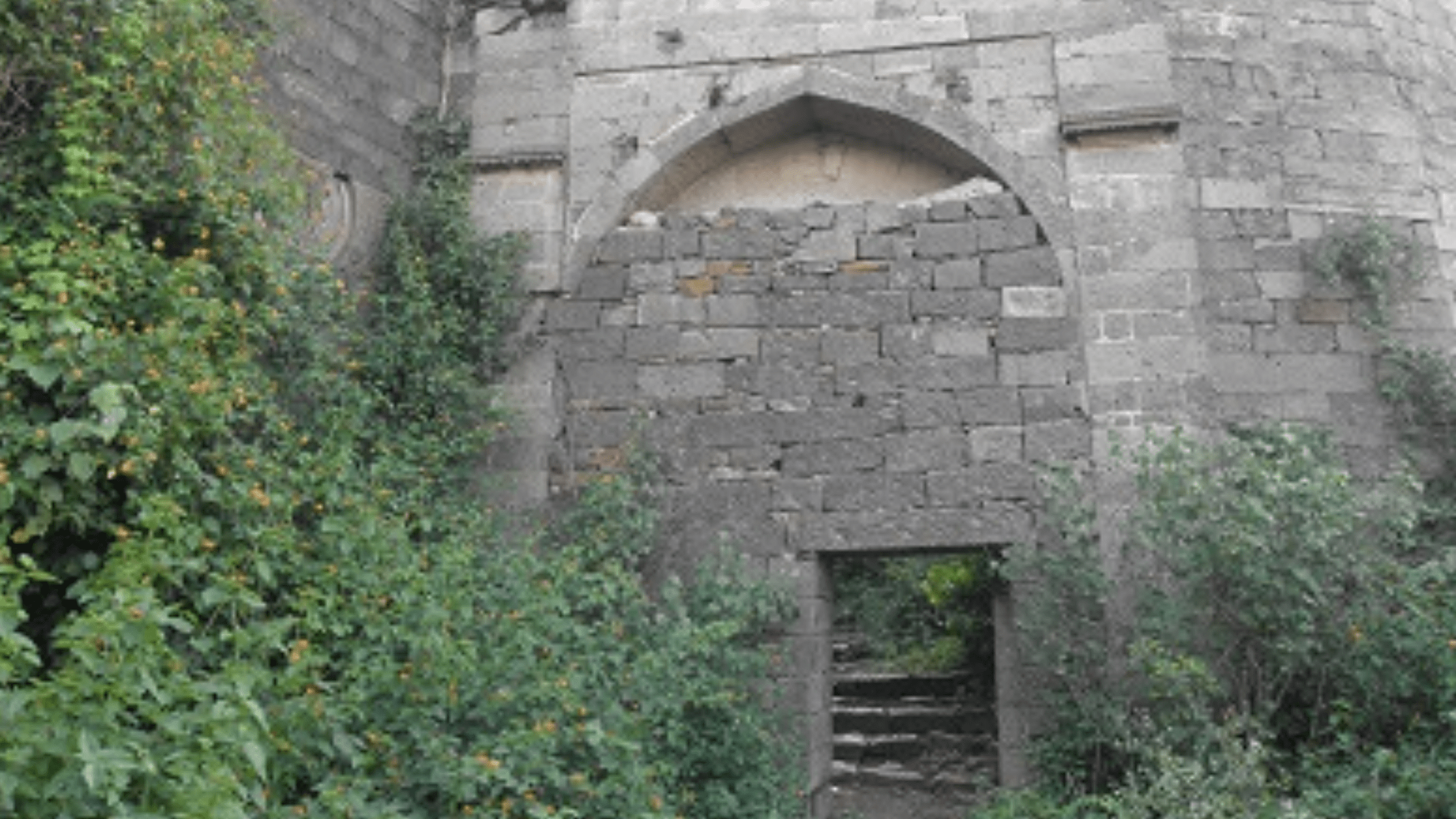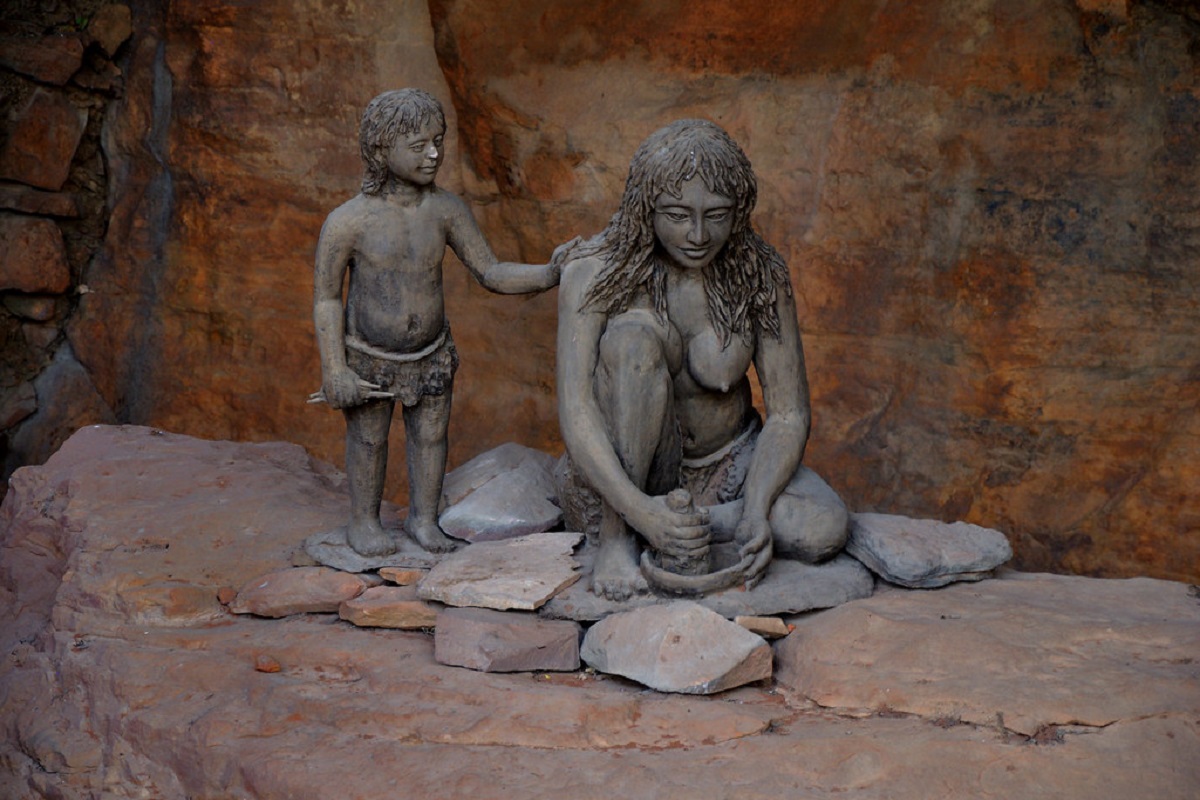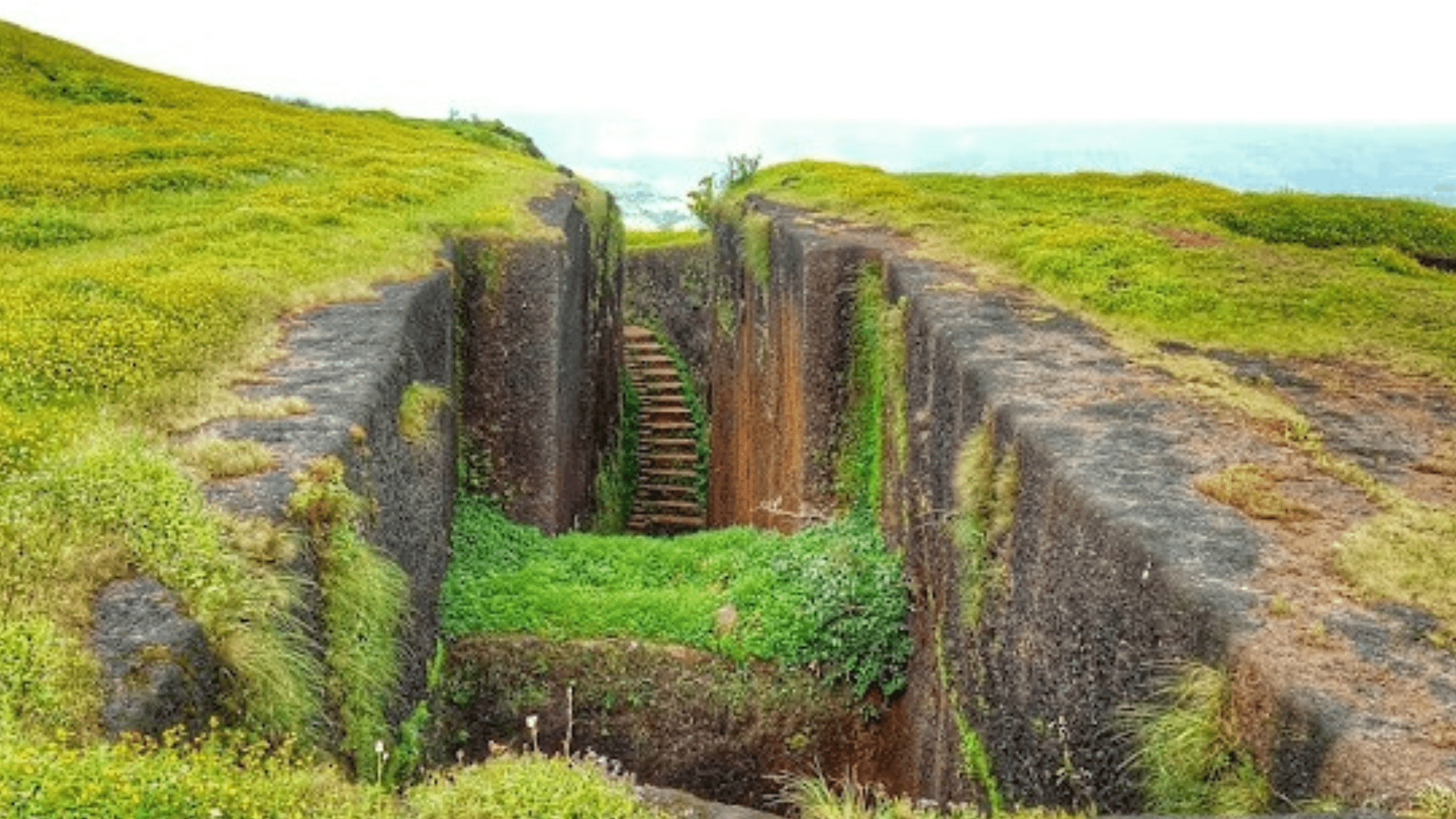Unveiling the History of Dharmapuri Fort
A Glimpse into Timeless Heritage
Nestled in the heart of Tamil Nadu, Dharmapuri Fort stands as a monumental edifice steeped in history and cultural significance. Its origins date back to the Nayaks of Vijayanagar, eminent rulers known for their architectural prowess and strategic foresight.
The Tale of Origins
Dharmapuri Fort’s genesis traces back to the Nayak rulers, who perceived the strategic importance of this location atop a hill. Their vision birthed this fortress, not merely as a structure of defense but as a symbol of their sovereignty and cultural grandeur.
Architectural Marvels and Strategic Brilliance
Evident in its architectural nuances, Dharmapuri Fort showcases a fusion of Dravidian and Islamic architectural styles, a testament to the confluence of diverse cultures prevalent during that era. The fort’s robust structure, imposing ramparts, and ornate gates tell tales of past conquests and strategic maneuvers.
Strategic Significance through the Ages
Throughout history, Dharmapuri Fort served as a pivotal stronghold, witnessing the ebb and flow of dynasties and civilizations. Its elevated location provided an unassailable vantage point, making it a coveted possession for successive rulers vying for dominance in the region.
Dharmapuri: Witness to Transformations
As the sands of time shifted, Dharmapuri Fort stood witness to cultural metamorphoses, embracing various influences while retaining its intrinsic essence. From being a bastion of military prowess to fostering art, music, and intellectual pursuits, it encapsulates the evolution of Tamil Nadu’s heritage.
Present-Day Echoes
Despite centuries passing by, Dharmapuri Fort continues to echo the footprints of bygone eras. Its weathered walls and silent corridors narrate tales of valor, culture, and the ceaseless passage of time. Today, it beckons visitors to embark on a historical journey through its ancient corridors and breathtaking vistas.
A Glimpse into the Past
Dharmapuri’s Historical Legacy
The historical narrative of Dharmapuri Fort transcends time, offering a captivating glimpse into antiquity. Positioned majestically atop a hill, its strategic location has long captured the attention of rulers and strategists, becoming a pivotal center in Tamil Nadu’s rich historical landscape.
Strategic Vantage Point
The fort’s elevated position provided a panoramic view of the surrounding terrain, offering an unparalleled advantage in monitoring and strategizing during historical conflicts and trade routes. This advantage solidified its significance in the region’s political and military landscape.
Nayaks’ Visionary Construction
Constructed by the Nayaks of Vijayanagar, Dharmapuri Fort was not merely a defensive bastion but a testament to their architectural finesse and strategic acumen. The fortification’s design incorporated tactical features, ensuring formidable protection while maintaining an aura of cultural opulence.
Defensive Fortifications
The fort’s architectural layout showcased robust defensive features, including fortified walls, bastions, and imposing gateways, designed to thwart invasions and safeguard the kingdom against external threats. These fortifications bore witness to various historical events that shaped the region.
Chronicles of Conflict and Conquest
Through centuries, Dharmapuri Fort became a pivotal backdrop for conflicts, witnessing the rise and fall of dynasties and battles that echoed through the annals of time. Its walls resonated with tales of conquests and valor, leaving an indelible mark on Tamil Nadu’s historical chronicles.
Preservation and Interpretation
Today, visitors traverse the pathways of Dharmapuri Fort, engaging with curated exhibits and interpretive displays that narrate its historical legacy. Preservation efforts aim to conserve its architectural marvels, allowing visitors to delve into the region’s storied past.
The Architectural Elegance
Architectural Fusion
Dharmapuri Fort stands as an epitome of architectural finesse, blending Dravidian and Islamic influences into a harmonious ensemble. Its structural design is a testament to the artistic prowess and cultural amalgamation prevalent during its construction.
Intricate Carvings and Design Elements
One cannot help but marvel at the intricate carvings that adorn the fort’s walls, gateways, and pillars. These intricate details exhibit the skilled craftsmanship of artisans from bygone eras, showcasing floral motifs, geometric patterns, and inscriptions that narrate historical anecdotes.
Impressive Structural Elements
The fort’s architecture comprises robust features, including imposing gateways, well-fortified walls, and bastions, exhibiting the mastery of ancient engineering techniques. These elements not only exude a sense of grandeur but also served as defensive barriers, standing resilient against the test of time.
Courtyards and Interiors
As visitors step within its walls, they encounter sprawling courtyards and intricately designed interiors that once bustled with life. These spaces were not just functional but were adorned with architectural elements that reflected the cultural ethos of the era.
Restorative Endeavors
Over the years, preservation efforts have been undertaken to conserve and restore the architectural marvels of Dharmapuri Fort. Conservationists and historians collaborate to safeguard its heritage, ensuring that future generations can experience its timeless beauty.
Cultural Symbolism
The architectural splendor of Dharmapuri Fort isn’t merely an expression of artistic prowess but a cultural emblem representing the region’s historical significance. It embodies the ethos of the era and serves as a living testament to the fusion of diverse cultural influences.
Cultural Heritage and Influence
Socio-Cultural Significance
Dharmapuri Fort transcends its architectural brilliance; it embodies the rich cultural tapestry of Tamil Nadu, echoing stories of cultural amalgamation and societal evolution. It served as a nucleus for cultural exchange, nurturing art, music, and traditions.
Center of Artistic Patronage
During its zenith, the fort was not just a bastion of defense but a vibrant hub where artists, musicians, and scholars congregated. The patronage extended by rulers facilitated the flourishing of art forms, contributing to the region’s cultural identity.
Festivals and Celebrations
The fort’s precincts witnessed vibrant celebrations during auspicious festivals, providing a platform for cultural performances, folk art exhibitions, and religious ceremonies. These events fostered a sense of community and cultural pride among the populace.
Legacy in Folklore and Legends
Through generations, Dharmapuri Fort became enshrined in folklore and legends, with tales of valor, romance, and valorous deeds echoing through the ages. These narratives intertwined with historical events, creating a mythical aura around the fort.
Influence on Contemporary Culture
Even today, echoes of Dharmapuri Fort’s cultural influence resonate in the region’s art, music, dance, and festivals. Its legacy persists in local traditions and customs, reflecting a seamless fusion of historical narratives with modern-day practices.
Cultural Preservation Efforts
Preservationists and cultural enthusiasts endeavor to safeguard the fort’s cultural heritage, organizing cultural festivals, art exhibitions, and heritage walks. These initiatives aim to revive ancient art forms and preserve the fort’s cultural essence.
Historical Timeline and Legacy
Ancient Origins
Dharmapuri Fort’s historical roots trace back to antiquity, believed to have been established during the reign of the Vijayanagara Empire. Its strategic location facilitated trade routes and was an administrative center.
Maratha Influence
The fort saw a pivotal shift in power during the 17th century when it came under the control of the Marathas. This era marked a significant transformation in its architecture and governance, leaving an indelible mark on its history.
Colonial Encounters
With the advent of colonial powers, Dharmapuri Fort became a strategic stronghold. It witnessed skirmishes between the British East India Company and local rulers, altering its course in history and resulting in shifts of authority.
Cultural Renaissance
Amidst the turbulence of colonial rule, the fort remained a beacon of cultural revival. It became a crucible for cultural renaissance, nurturing art, literature, and governance reforms during various historical epochs.
Independence Era
The fort bore witness to India’s struggle for independence, serving as a silent spectator to the fervor of the freedom movement. It became a symbol of resilience and stood witness to the nation’s quest for self-governance.
Post-Independence Restoration
Following India’s independence, restoration efforts commenced to preserve Dharmapuri Fort’s historical legacy. Archaeological endeavors aimed to conserve its architectural marvels and document its historical significance.
Architectural Grandeur and Preservation
Architectural Marvels
Dharmapuri Fort stands as a testament to architectural brilliance, boasting a fusion of various styles from different epochs. Its sturdy walls, bastions, and intricate carvings narrate stories of its past glory.
Fortification and Layout
The fort’s strategic design reflects meticulous planning, featuring bastions, moats, and ramparts that delineated its defensive architecture. The layout of palaces, temples, and administrative buildings within the fort exhibited meticulous urban planning.
Preservation Challenges
Despite its historical significance, Dharmapuri Fort faced challenges related to natural decay, vandalism, and inadequate preservation measures. The onslaught of time and neglect posed a threat to its structural integrity.
Restoration Initiatives
Preservationists and governmental bodies recognized the urgency of safeguarding this architectural marvel. Restoration initiatives were undertaken, involving structural repairs, conservation of artifacts, and creating awareness about its historical importance.
Conservation Techniques
Advanced conservation techniques were employed to restore the fort’s structural integrity while maintaining its original aesthetic appeal. This included expert masonry work, archaeological surveys, and digitization of historical records.
Visitor Experience and Tourism
Efforts to enhance visitor experience and promote tourism involved setting up interpretive centers, guided tours, and informative signages within the fort premises. These initiatives aimed to educate visitors about its historical significance.







